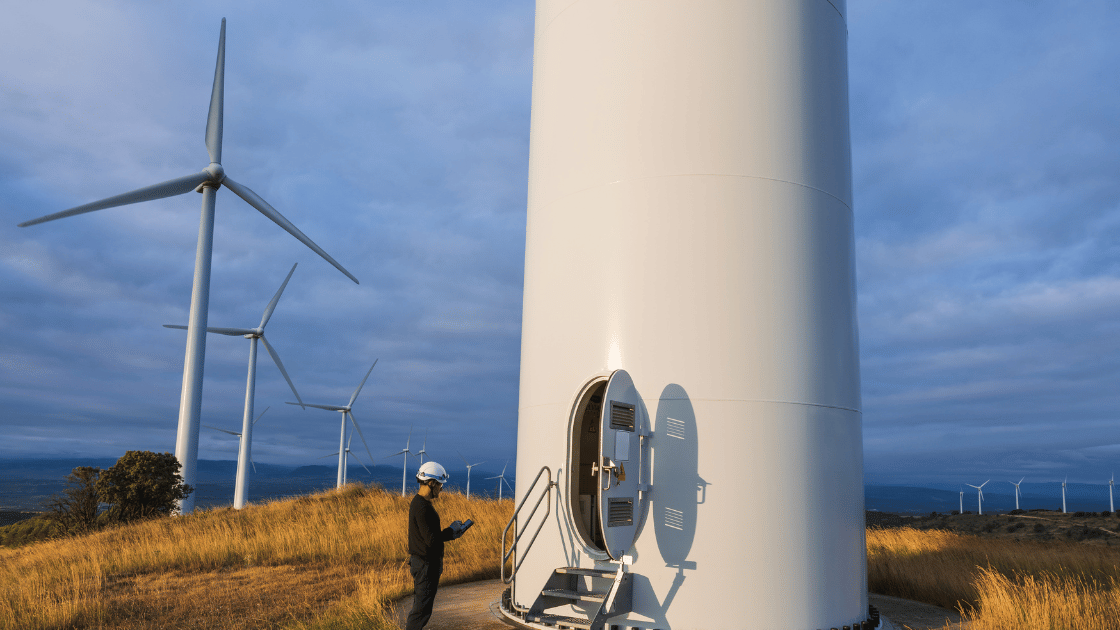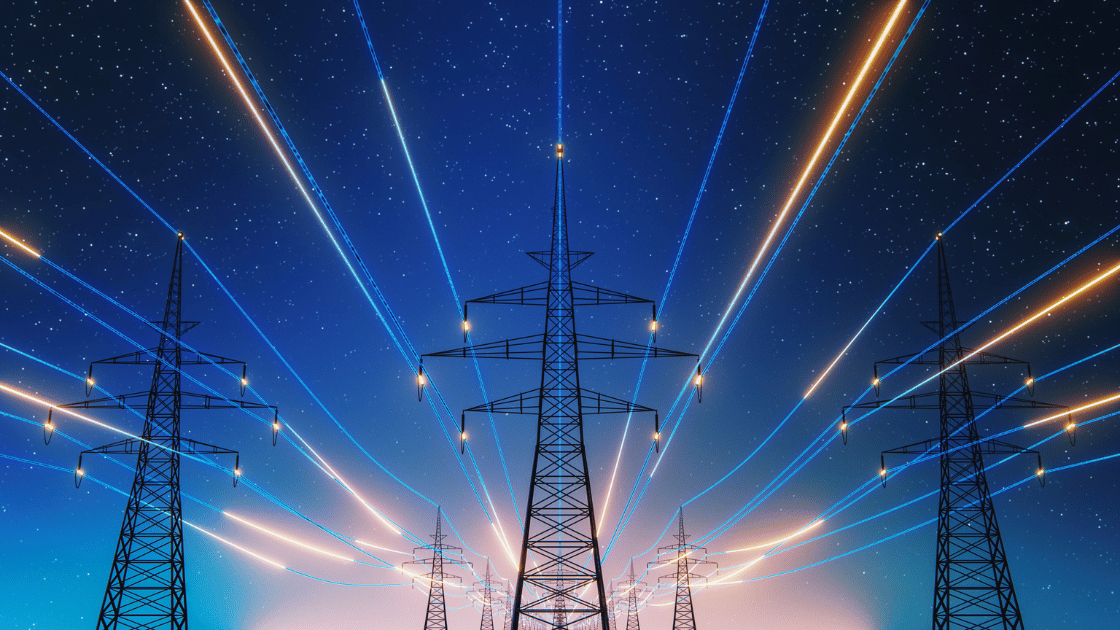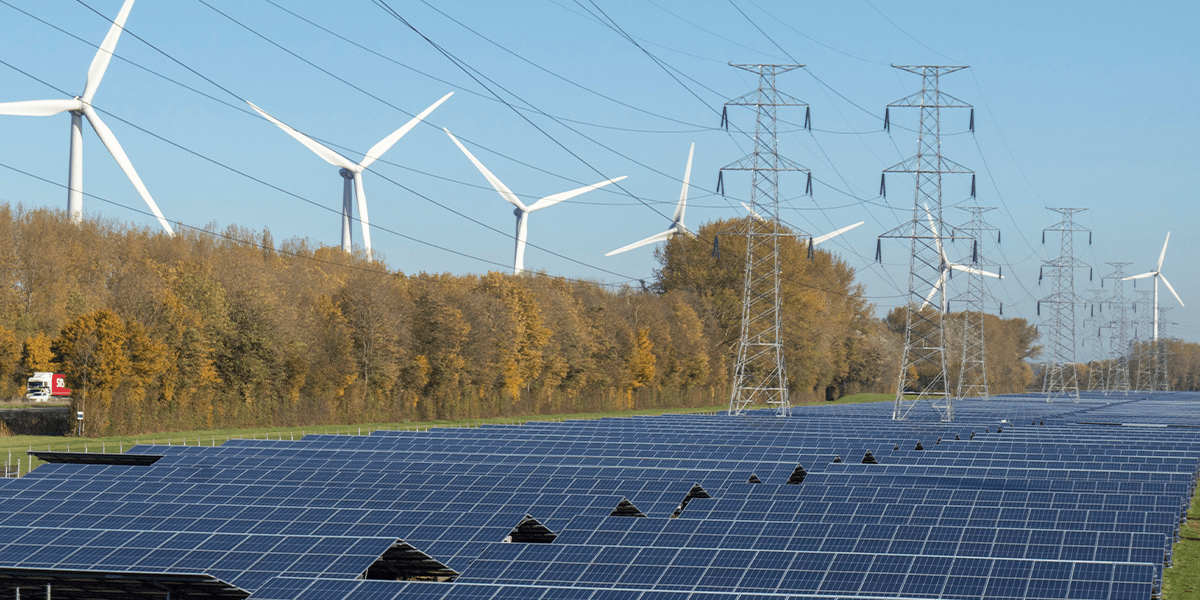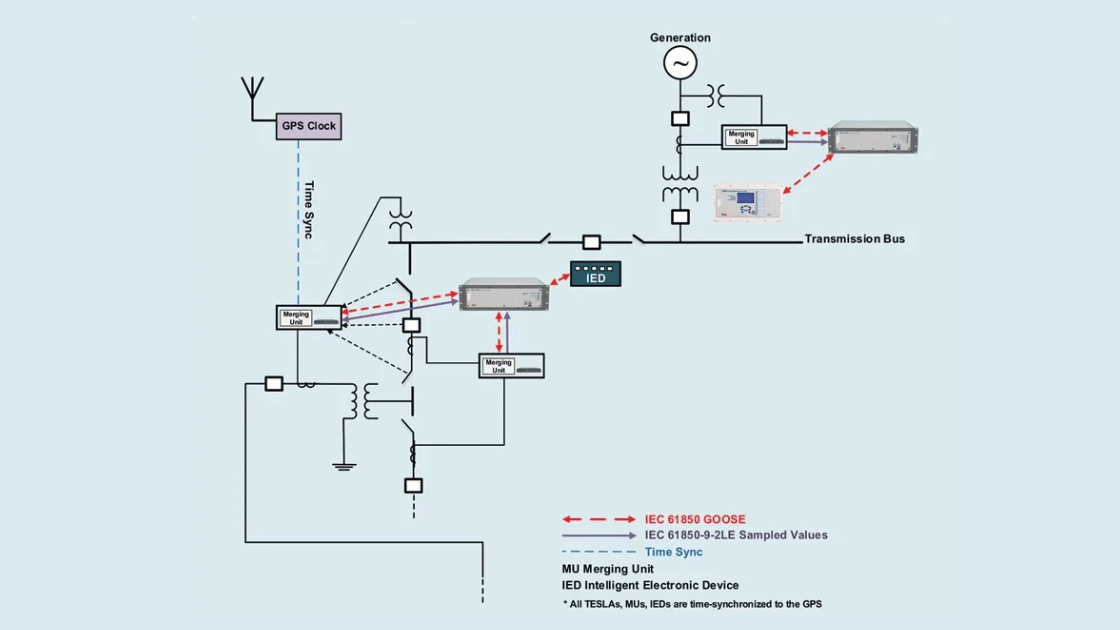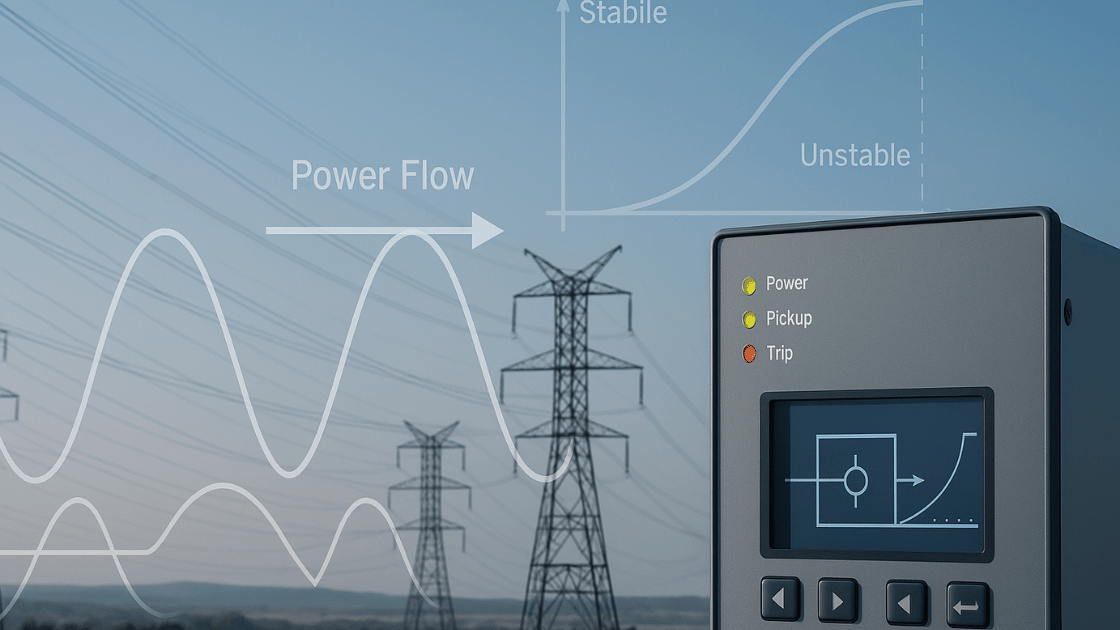A Coordinated Electric System Interconnection Review—the utility’s deep-dive on technical and cost impacts of your project.
Transmission Line Design Engineering: Precision, Reliability, and Innovation at Keentel Engineering
May 9, 2025 | Blog
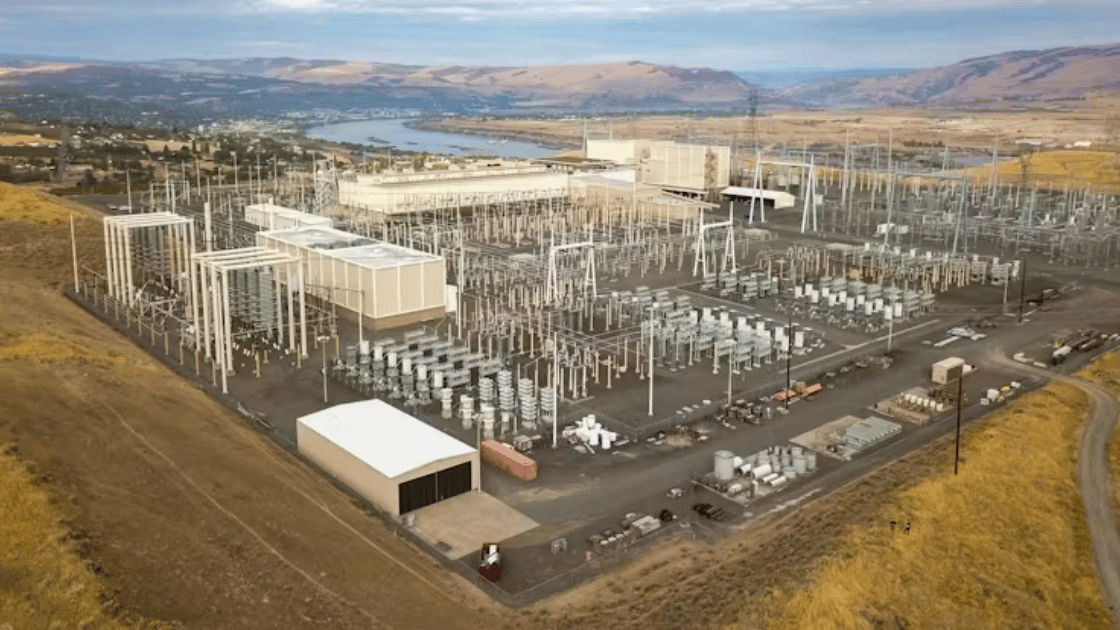
At Keentel Engineering, we specialize in comprehensive transmission line design engineering solutions that ensure safe, cost-effective, and environmentally compliant high-voltage (HV) and medium-voltage (MV) infrastructure. Drawing from industry standards such as the National Electrical Safety Code (NESC) and informed by resources like the USDA Design Manual for High Voltage Transmission Lines, our expertise covers every facet of transmission line development—from siting and planning to structural loading and PLS-CADD modeling.
Why Transmission Line Design Matters
A robust transmission line system ensures uninterrupted electrical service, minimizes maintenance, and upholds environmental standards. Whether designing lines for 69 kV or 230 kV systems, success lies in comprehensive planning, technical accuracy, and adaptable solutions for diverse terrains and regulatory requirements.
Our Core Transmission Line Engineering Services
Route Siting and Environmental Analysis
Keentel integrates GIS-based analysis, aerial imagery, and local environmental criteria to select optimal, low-impact routes.
We factor in:
- Federal/state regulatory constraints
- Land use, terrain, and topography
- Historic/archeological preservation
- Biological considerations like wetlands and endangered species
Plan and Profile Drawings
Our engineers produce precise CAD-based plan and profile drawings utilizing data from LiDAR and GPS-based surveys. These drawings include:
- Topographic contours
- Landowner boundary mapping
- Existing utilities and obstacles
- Conductor elevation and structure spotting
Structure Spotting & Sag-Tension Analysis
Using advanced PLS-CADD software, we optimize structure locations and conductor sag under various loading conditions. We ensure compliance with:
- Clearance regulations
- Insulator swing limits
- Vertical and horizontal span constraints
- Uplift mitigation strategies
Loading and Mechanical Design
We design structures to withstand heavy ice, wind, and broken conductor conditions based on NESC Zone-specific data. This includes:
- Wind pressure coefficients (kz, GRF)
- Ice thickness per region
- Deadend intervals for cascading prevention
- Load balancing and contingency planning
Industry-Leading Software: PLS-CADD
Keentel leverages PLS-CADD to:
- Import LiDAR terrain data and build 3D models
- Generate sag templates, conductor swing analysis, and structure load cases
- Spot structures automatically or manually based on design tension and clearance
- Prepare final construction documents with bill of materials and staking tables
FAQs: Transmission Line Design Engineering
What is transmission line design engineering?
It involves planning, analyzing, and constructing high-voltage lines for safe and reliable power delivery.
Which codes govern transmission line design?
The National Electrical Safety Code (NESC) and local utility standards.
What role does PLS-CADD play in transmission line design?
It provides 3D modeling, sag-tension analysis, structure spotting, and bill of material generation.
How do you determine a transmission line route?
Using GIS data, aerial photography, and environmental, land use, and regulatory constraints.
What is a sag template?
A graphical tool or software-generated curve used to ensure conductor clearances under hot/cold conditions.
How are plan and profile drawings prepared?
Based on GPS, aerial surveys, and LiDAR, combined with CAD tools to produce engineering-grade layouts.
What is structure spotting?
The process of determining the optimal location and height of poles to maintain clearances and efficiency.
How do environmental factors affect routing?
Areas like wetlands, floodplains, and historic zones must be avoided or mitigated.
What is the ruling span in transmission design?
It’s the weighted average span used for sag-tension calculations.
How do you prevent cascading failures?
By placing deadend or guyed structures at set intervals and designing for longitudinal loading.
What wind and ice loading zones are used?
NESC classifies them into Heavy, Medium, Light, and Extreme Wind/Ice regions.
What are conductor swing and uplift?
Lateral/vertical movements of conductors due to wind or terrain that affect structure selection and design.
How is right-of-way acquired?
Through easements, permits, and stakeholder engagement, with support from survey and legal teams.
What clearances are maintained over highways and railroads?
Higher than standard clearances, and broken conductor conditions are considered in some states like California.
How is quality ensured in line construction?
Through field inspections, CAD design reviews, and as-built plan/profile drawings for future maintenance.
Case Studies
Case Study 1: 230 kV Line over Mountainous Terrain – PLS-CADD-Driven Optimization
Challenge: A 12-mile line through rugged, forested terrain with multiple elevation changes.
Solution: PLS-CADD enabled 3D modeling of terrain to optimize tower heights and limit environmental disturbance.
Outcome: Reduced structure count by 15%, minimized clearing, and achieved regulatory approval with zero public objections.
Case Study 2: Rebuild of Aging 115 kV Line in Flood-Prone Area
Challenge: Existing poles in a floodplain were subject to foundation instability.
Solution: LiDAR-based profile data and PLS-CADD were used to raise conductor elevation and increase structure spacing.
Outcome: Improved line resilience, reduced outage frequency, and extended infrastructure life by 30 years.
Case Study 3: Utility Interconnect 69 kV Expansion – Urban Corridor
Challenge: Tight corridor with multiple crossings: rail, highways, and existing distribution underbuild.
Solution: PLS-CADD used for conductor swing analysis, sag templates, and structural stress testing.
Outcome: Achieved NESC clearance compliance across 11 crossings while maintaining aesthetic and public safety requirements.
For expert transmission line design engineering and comprehensive electrical engineering services, trust Keentel Engineering—your partner in high-performance grid infrastructure.

About the Author:
Sonny Patel P.E. EC
IEEE Senior Member
In 1995, Sandip (Sonny) R. Patel earned his Electrical Engineering degree from the University of Illinois, specializing in Electrical Engineering . But degrees don’t build legacies—action does. For three decades, he’s been shaping the future of engineering, not just as a licensed Professional Engineer across multiple states (Florida, California, New York, West Virginia, and Minnesota), but as a doer. A builder. A leader. Not just an engineer. A Licensed Electrical Contractor in Florida with an Unlimited EC license. Not just an executive. The founder and CEO of KEENTEL LLC—where expertise meets execution. Three decades. Multiple states. Endless impact.
Services

Let's Discuss Your Project
Let's book a call to discuss your electrical engineering project that we can help you with.

About the Author:
Sonny Patel P.E. EC
IEEE Senior Member
In 1995, Sandip (Sonny) R. Patel earned his Electrical Engineering degree from the University of Illinois, specializing in Electrical Engineering . But degrees don’t build legacies—action does. For three decades, he’s been shaping the future of engineering, not just as a licensed Professional Engineer across multiple states (Florida, California, New York, West Virginia, and Minnesota), but as a doer. A builder. A leader. Not just an engineer. A Licensed Electrical Contractor in Florida with an Unlimited EC license. Not just an executive. The founder and CEO of KEENTEL LLC—where expertise meets execution. Three decades. Multiple states. Endless impact.
Leave a Comment
We will get back to you as soon as possible.
Please try again later.

